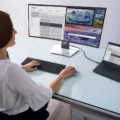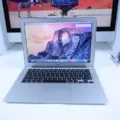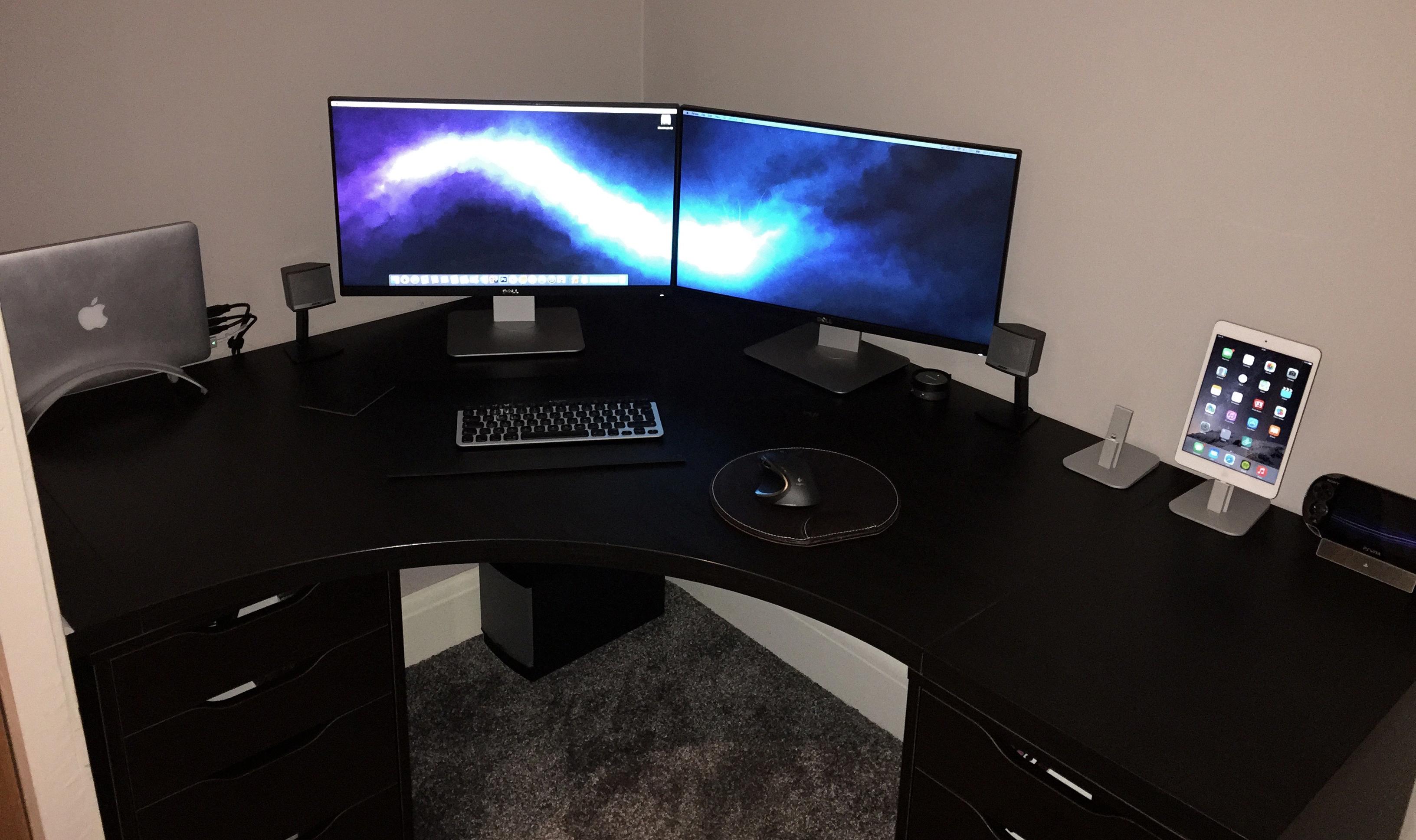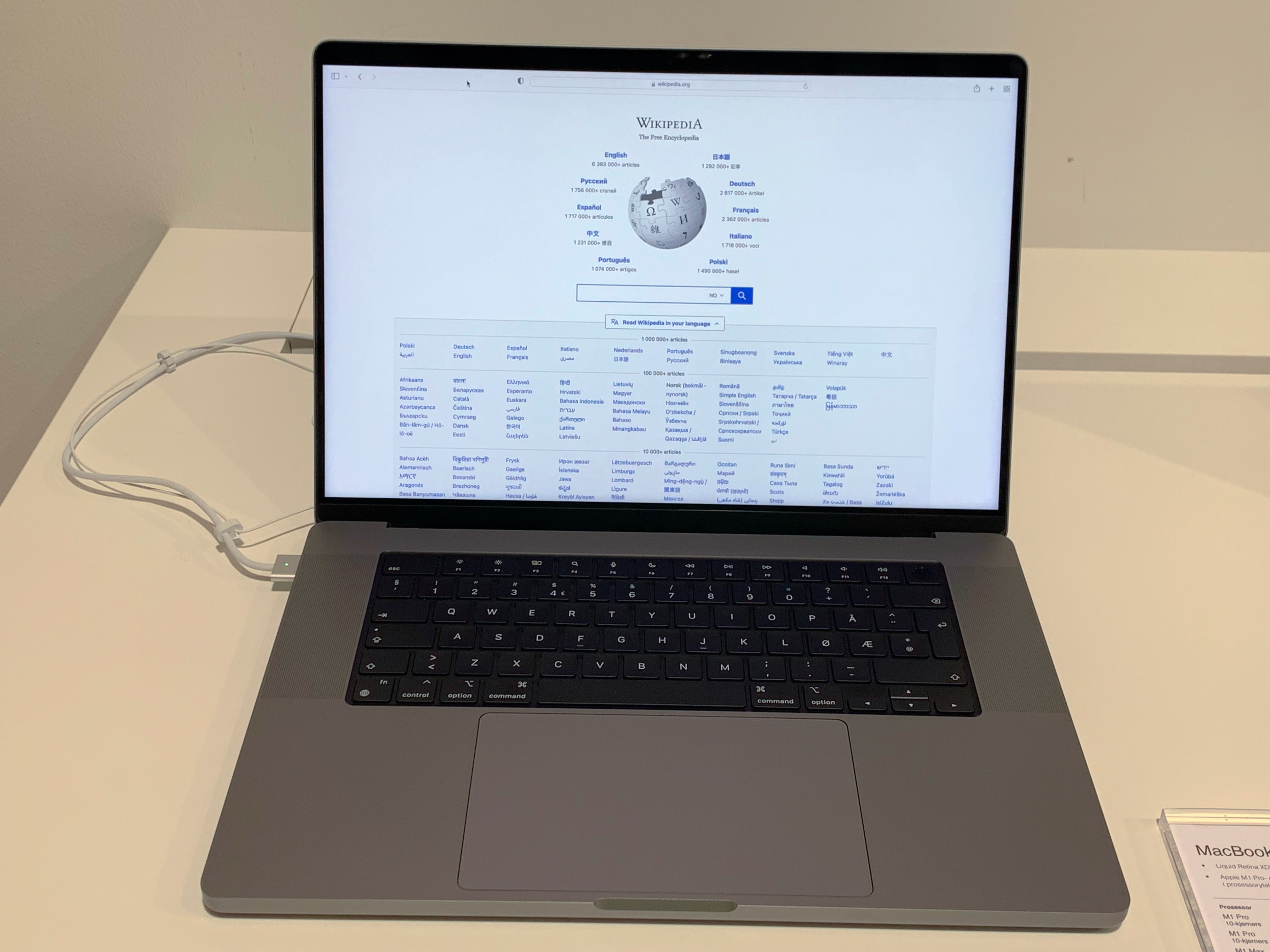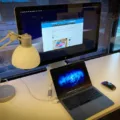The Macbook Pro is one of the most popular laptops on the market today, thanks to its reliable performance and sleek design. It’s a great choice for anyone who wants a powerful laptop that can handle thir daily tasks. Unfortunately, some users have reported that their Macbook Pro isn’t detecting an external display. This can be frustrating, but there are some steps you can take to try and fix the issue.
The first step is to ensure that you have all the necessary cables and adapters in place. If you’re using a Thunderbolt 2 or HDMI cable, make sure it is securely connected to both your laptop and the external monitor. You should also check that the correct video settings are enabled on both devices.
If the connections seem to be in order but your Macbook Pro still isn’t recognizing the external display, try resetting your computer’s PRAM (Parameter RAM). To do this, shut down your laptop, then press and hold the Command + Option + P + R keys simultaneously while turning it on again. Keep holding them until you hear two startup chimes (you may need to do this several times). Once this is done, restart your Macbook Pro and see if it now recognizes your external display.
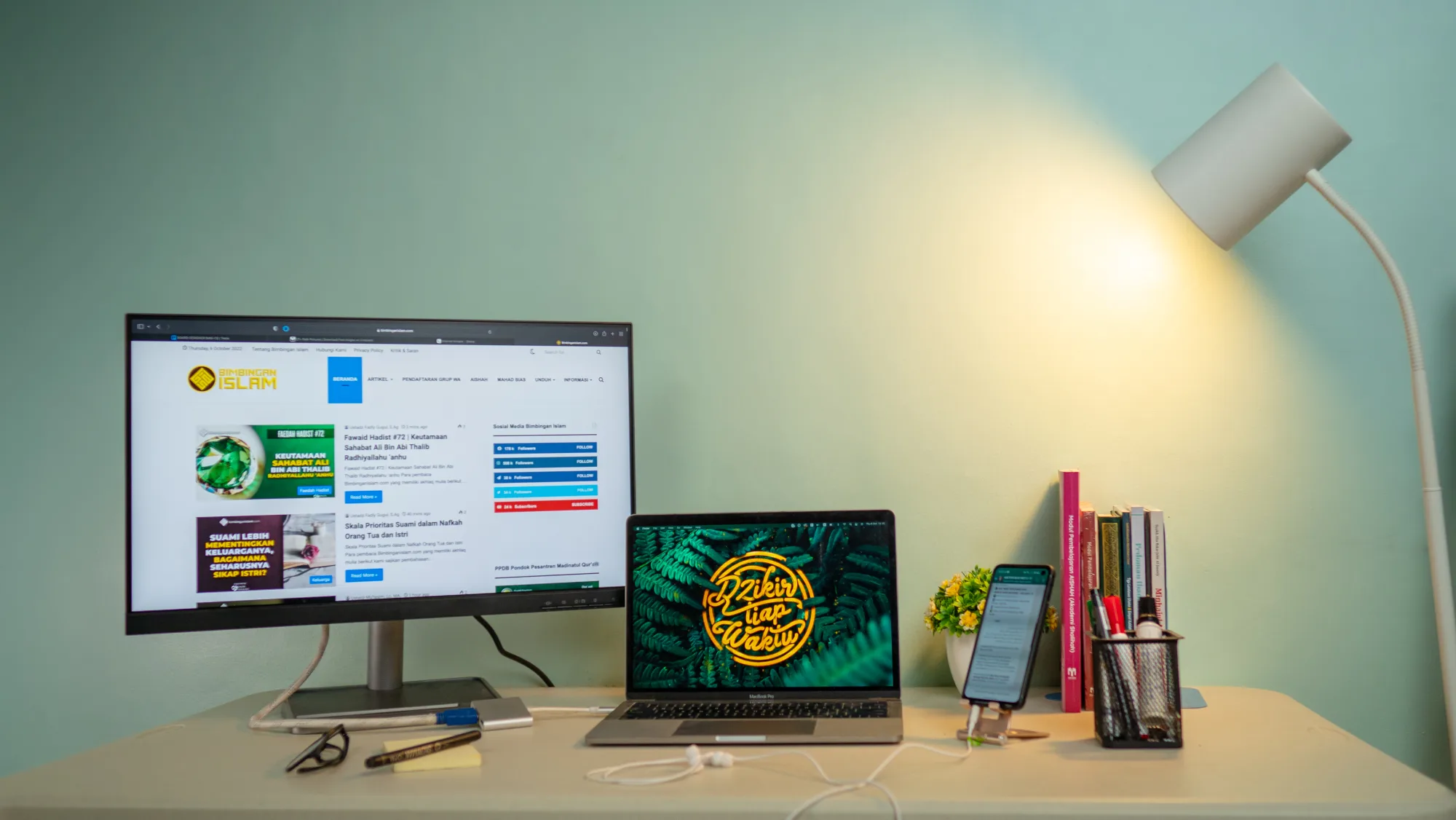
You may also want to try resetting your SMC (System Management Controller). This is a more advanced option that requires more steps than resetting PRAM; however, it could help resolve any underlying power-related issues with your laptop. To reset SMC on a Macbook Pro with non-removable battery: shut down the device, then press and hold Shift + Control + Option keys wile pressing and holding the Power button at the same time for 10 seconds before releasing all buttons together. Then wait a few minutes before turning on your laptop again – hopefully this will get it back up and running with no issues!
Finally, if none of these options work for you then it may be worth contacting Apple Support for further assistance. They should be able to provide more detailed advice or even help arrange an appointment at an Apple Store so they can take a closer look at what might be causing the issue with your Macbook Pro not detecting an external display.
Troubleshooting MacBook Pro’s Inability to Detect External Display
If your MacBook Pro isn’t detecting an external display, there are a few potential causes. First, make sure the display is powered on and properly connected to your MacBook Pro. Check the resolution and brightness settings in System Preferences > Displays. If necessary, select Scaled and hold down the Option key to show and select the Detect Displays button. Also, verify that any video adapter software is up-to-date. If none of these steps work, you may need to try a different cable or contact Apple support for further assistance.
Forcing a MacBook Pro to an External Monitor
If your MacBook Pro isn’t automatically recognizing your external monitor, you can try a few things to force it to recognize the display. First, make sure you have both the monitor and Mac powered on and that all cables are connected securely. Then open System Preferences > Displays. Press the Alt/Option key while in this window, which should make the Detect Displays button appear. Click on Detect Displays and your Mac should now detect the external monitor. If this doesn’t work, restart both devices and try again.
Troubleshooting HDMI Connection Issues on Mac
It is possible your Mac is not detecting HDMI because you may have a loose connection between the two devices, or the HDMI device itself is not compatible with your Mac. To troubleshoot the issue, try turning off the HDMI device while your Mac is still on, then unplug and replug the HDMI cable into your Mac. After that, turn on the HDMI device again to see if it is detected by your Mac. If this doesn’t work, it may be because your HDMI device is not compatible with your Mac.
Making a Mac Detect a Display
To make your Mac detect a display, open System Preferences from the Apple menu. Then select the Displays panel. Once in the Displays panel, hold down the Option key on your keyboard and you will see a “Detect Displays” button appear. Click on this button wile holding down Option to have your Mac detect any connected displays.
Resetting an External Monitor on a Mac
To reset your external monitor Mac, first make sure it is connected to your Mac via a suitable cable and that the power is on. Then open System Preferences by selecting the Apple menu > System Preferences. Click Displays, then click Display Settings. For the Resolution option, select “Default for display” and click Apply. This will reset the resolution of your display back to its original settings. Once you have done this, restart your Mac normally. Your external monitor should now be reset and working properly again.
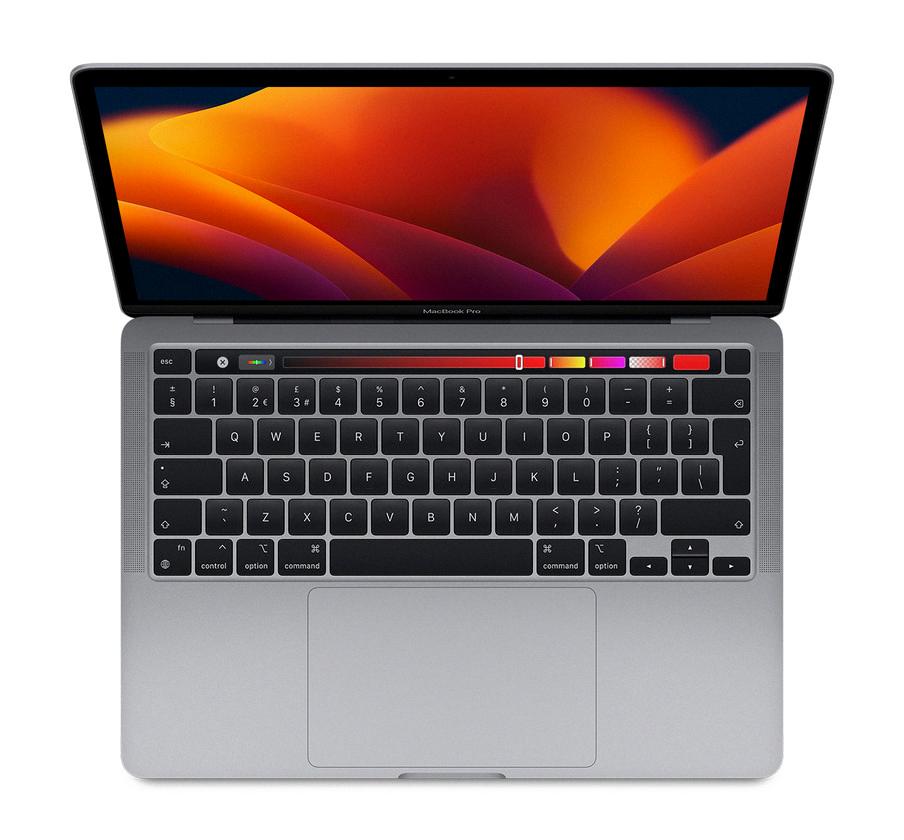
Source: apple.com
Compatible External Monitors for MacBook Pro
The MacBook Pro is compatible with a variety of external monitors, including the Dell UltraSharp UP2720Q, BenQ SW321C PhotoVue, ASUS ProArt PA278CV, ViewSonic VP3268a-4K, BenQ DesignVue PD3220U, Dell UltraSharp U4021QW, Eizo ColorEdge CG319X and Asus ProArt PA32UC-K. All of these monitors offer high-quality visuals for professional editing and design work. The Dell UltraSharp UP2720Q provides a vibrant 27-inch display with accurate colors and HDR support, while the BenQ SW321C PhotoVue offers bright colors and wide color gamut for photo editing. The ASUS ProArt PA278CV offers a 27-inch display with an ultra-slim bezel and wide viewing angles. The ViewSonic VP3268a-4K has a large 32-inch 4K UHD display with HDR support and 99% Adobe RGB coverage. The BenQ DesignVue PD3220U is a 32-inch IPS monitor with Thunderbolt 3 connectivity that supports dual 4K displays. The Dell UltraSharp U4021QW is a 40 inch curved display with an ultrawide aspect ratio for immersive gaming or movie watching. The Eizo ColorEdge CG319X is ideal for professionals who need precise colors thnks to its hardware calibration feature. Finally, the Asus ProArt PA32UC-K is a 32 inch monitor boasting stunning 4K resolution and HDR support along with Thunderbolt 3 connectivity.
Changing HDMI Settings on a Mac
To change the HDMI settings on your Mac, you’ll need to open System Preferences and select the Displays option. There, you’ll see a tab labeled ‘HDMI’. From here you can adjust the resolution, refresh rate, and other settings for your HDMI connection. You may also need to configure audio if you want sound to play through your HDTV. To do this, open System Preferences and click Sound, then click Output. Select your HDTV from the list of devices.
Connecting an HDMI Cable to a Mac
To get your HDMI cable to work on your Mac, you’ll need an adapter or cable depending on what type of ports your Mac has. If your Mac has an HDMI port, you can connect directly to HDMI with an HDMI cable. If your Mac has USB-C ports, you can connect to HDMI with an adapter such as the Apple USB-C Digital AV Multiport Adapter. If your Mac has Mini DisplayPort, you can connect to HDMI with a Mini DisplayPort to HDMI adapter or cable. Once you have the right adapter or cable for your Mac, simply plug the adapter into the apropriate port and then connect the other end of it to your HDMI cable. Your Mac should now be connected to whatever device is plugged into the other end of the HDMI cable and ready to use.
Maximum Number of Monitors Supported by MacBook Pro
The MacBook Pro can support up to four external displays. This is possible by connecting the Thunderbolt 4 (USB-C) and HDMI ports. For example, you could connect one monitor to the HDMI port, two monitors to the Thunderbolt 4 (USB-C) ports, and one monitor to a USB-C hub whih supports multi-monitor connections. Additionally, some monitors may also require an additional adapter or cable to connect them to your Macbook Pro.
Using a Samsung Monitor with a MacBook Pro
Yes, you can use a Samsung monitor with a MacBook Pro. All you need is the appropriate video cable to connect the two devices. Depending on your model of MacBook Pro, you will lkely need a Mini DisplayPort, Thunderbolt 3 (USB-C), HDMI or DVI cable to connect your Mac to your Samsung monitor. Once connected, you should be able to access all functions and features of your Samsung monitor from your MacBook Pro.
Using a Dell Monitor with a MacBook Pro
Yes, you can use a Dell monitor with a MacBook Pro. Dell Display Manager is now available for Mac and is compatible with macOS 10.14, 10.15, 11 and all MacBook Pro, Air and Mac Mini models released from 2018 onwards. Additionally, Dell’s UltraSharp monitors support USB-C PIP/PBP KVM technology on U4320Q and U3219Q models. To set up your monitor, simply connect it to your MacBook Pro usng the correct cable and ensure both devices are turned on. Once connected, you’ll be able to adjust the settings for your display in the MacOS System Preferences menu or using the Dell Display Manager app as necessary.
Connecting a Macbook to a TV Screen
Screen mirroring from your Macbook to a TV is relatively easy. First, make sure both the TV and Apple TV are turned on. Then, open up the System Preferences menu on your Macbook by clicking the Apple logo in the top left corner of the screen. Once you’re in there, select the Displays option and then choose AirPlay Display from the taskbar. You should then see a list of available TVs; select yurs and your Macbook’s display should show up on your TV. If you need help setting this up, you can always consult your AppleTV user manual or contact Apple Support for more detailed instructions.
Troubleshooting HDMI Cable Issues
It is possible that your HDMI cable is not working because the ports on either your TV or your device are not compatible with the type of cable you are using. You may need to check that both your TV and device have HDMI ports and make sure they are of the same type (e.g. HDMI 1.4, HDMI 2.0, etc.). Additionally, it is important to make sure that the connections are tight and secure. If you have a long cable, try using a shorter one as longer cables can be prone to interference or signal loss. Additionally, make sure that the settings on your device are enabled for HDMI connection by ging to Settings > Display Entries > HDMI Connection.
Conclusion
The MacBook Pro is a powerful, reliable laptop that has been designed to meet the needs of both professional and casual users. With its sleek design and advanced technology, it offers a range of features that make it suitable for any type of user. It is equipped with a high-powered Intel Core processor, a crystal clear Retina display, and an impressive battery life for long hours of productivity. It also features high-end graphics capabilities, allowing users to enjoy gaming or video editing with ease. Furthermore, the MacBook Pro comes with great software support and system stability. All in all, the MacBook Pro is an ideal laptop for anyone who wants power and portability withut compromising on quality.


